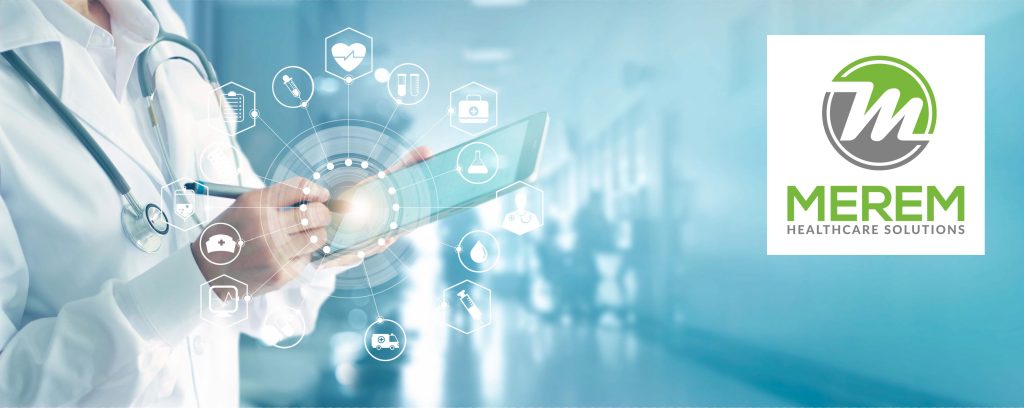Certainly, let’s discuss technology, specifically focusing on billing software in the context of a billing company. Technological advances have indeed revolutionized the way billing and financial operations are managed. However, like any tool, billing software has its advantages and disadvantages, and its effectiveness depends on various factors, including the company’s understanding and utilization of the software, as well as the education and procedures in place for employees.

The Good:
- Efficiency: Billing software can significantly increase efficiency by automating repetitive tasks, such as data entry and invoice generation. This can save time and reduce the risk of human error.
- Accuracy: Modern billing software is designed to be highly accurate, reducing the likelihood of billing errors that can lead to financial disputes or regulatory issues.
- Cost Reduction: Using billing software can reduce the need for extensive manual labor, leading to cost savings in terms of employee salaries and operational expenses.
- Data Security: Good billing software often includes robust security features to protect sensitive financial data from breaches and cyberattacks.
- Analytics and Reporting: Many billing software solutions come with built-in analytics and reporting tools, allowing companies to gain insights into their financial performance and make data-driven decisions.
The Bad:
- Cost of Implementation: Implementing billing software can be expensive, including the initial purchase cost, training, and potential customization to fit the company’s specific needs.
- Learning Curve: Billing software can be complex, and employees may require training to use it effectively. This learning curve can lead to temporary disruptions in operations.
- Dependency on Technology: Relying heavily on technology can be risky if there are system failures, technical glitches, or if the software becomes outdated.
- Security Concerns: While billing software can enhance security, it can also be vulnerable to hacking and data breaches if not properly protected and maintained.
- Lack of Customization: Some billing software may not fully meet a company’s unique requirements, necessitating additional development or workarounds.
Regarding the billing company’s usage of the software, it’s crucial for them to:
- Understand the Software: The billing company should have a thorough understanding of the software’s capabilities and limitations to maximize its benefits.
- Employee Training: Adequate training programs should be in place to ensure that employees are proficient in using the software efficiently and securely.
- Procedures and Compliance: The billing company must establish procedures that align with industry regulations and best practices to ensure compliance when using the software.
- Regular Updates: Keeping the software up to date is crucial for security and taking advantage of new features or improvements.
- Data Backup and Recovery: Robust backup and recovery procedures should be in place to protect against data loss.
In conclusion, while billing software offers numerous advantages, it’s essential for billing companies to carefully consider both the advantages and disadvantages and take steps to mitigate potential pitfalls. Proper education, training, and procedural safeguards are crucial for harnessing the full potential of technology in billing operations while minimizing risks. Fortunately, Merem Healthcare Solutions encompasses ways to mitigate both the bad and good in technology, so you don’t have to worry about anything related to your revenue cycle management operations.

